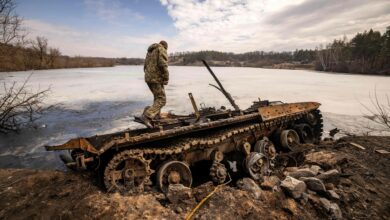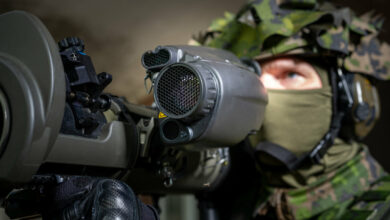The Danish government has proposed a plan to strengthen the country’s naval forces by acquiring more than 20 new vessels.
The initiative aims to replace the current fleet of the Danish Navy, which will remain in service for the next 10 years, with 21 new ships, including air defense vessels, three Arctic ships, and icebreaker frigates.
The acquisition plan also includes four new marine environment ships for maritime surveillance and mine-laying.
“The naval battlefield is characterized by a more complex risk and threat picture than before, rapid technological development and a Russia that has become more willing to escalate its course towards the West,” stated Danish Minister of Defense Troels Lund Poulsen.
Danish authorities also plan to acquire new equipment for monitoring underwater critical infrastructure and to launch a program for testing and developing autonomous systems, including underwater drones for surface and seabed surveillance.
“We are initiating several urgent acquisitions that address specific challenges and threats that we face now and in the coming years,” added the minister.
Denmark’s Security Concerns
Denmark is strengthening security at sea amid rising tensions on Europe’s eastern flank.
In recent months, the administration of US President Donald Trump has been pushing to assert control over Greenland, an autonomous territory of Denmark.
The island’s vast mineral resources and newly opened Arctic shipping routes make it a key strategic asset.
Meanwhile, the ongoing war in Ukraine has intensified fears of Russian attacks or sabotage in Europe, particularly against undersea infrastructure, adding urgency to Denmark’s defense efforts.
In February, Copenhagen, alongside seven other NATO members, participated in the Find, Fix, Track, and Target exercise across Poland and the Baltic region.
The drills aimed to boost coordination in integrating intelligence, surveillance, and reconnaissance assets, deploying several aircraft for real-time targeting exercises.
In January, the Scandinavian country announced it would allocate $2 billion to enhance security in the Arctic region near the US and Russia.












